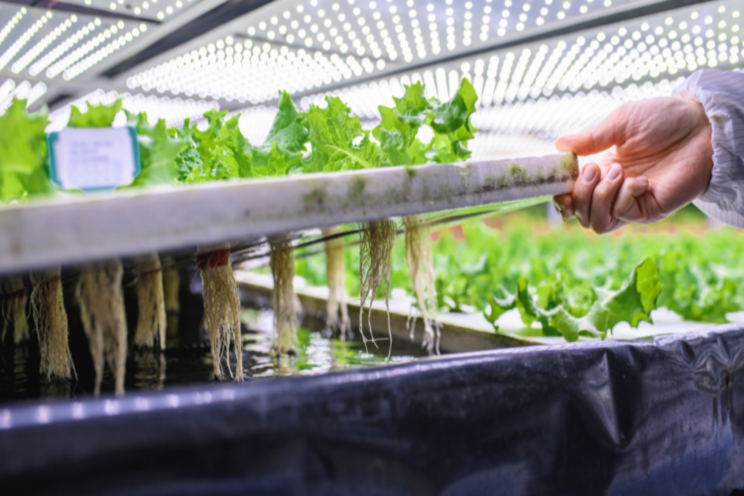The capital expenses for vertical farms and greenhouses
Added on 28 January 2021


Here at Agritecture, we have performed side-by-side analyses of vertical farms and greenhouses. For most US markets, the greenhouse model comes out ahead on both capital and operational costs.
Let's look at an example located in a New York Metropolitan market scenario with two similarly sized facilities having similar amounts of bed space (production capacity). The below tables indicate their differing costs per lb of leafy greens grown in the first year.
This analysis focuses on production systems and has thus excluded costs relating to installation and land acquisition, but includes an additional distribution cost for the greenhouse model, as this greenhouse is likely to be located outside of an urban area but still within the "local" range. In the interest of equating production conditions, the greenhouse model also includes additional capital and operational costs for the integration of supplemental lighting in order to bring the daily light integral to equal quantities provided by most vertical farms.

While we may see different scenarios in the future, this assessment draws on current prices and equipment performance.
Greenhouses draw a lot of their value from the fact that the production surfaces are mostly illuminated by the sun, a free resource. Vertical farms, on the other hand, have to pay for the light that their crops see, a significant added cost that often occupies high percentages of operational costs.
In addition, a specialized HVAC system must be designed and implemented to neutralize the heat emitted by the lights. Additional dehumidification capacity is also required with design setpoints relative to the transpiration rate of the crops being grown. HVAC is often the second-highest, non-labor expenditure for VF operations and when dehumidification is added into the mix, overall HVAC operational costs can even exceed lighting electricity costs.

As LEDs become more efficient, less power will be required to cool the space and the economic scenario for VFs becomes more attractive as two of the highest operational costs have been reduced.
To date, the introduction of LEDs to the agriculture industry has made VFs possible. In the future, the continued improvement of LEDs will make VFs more competitive against other modes of controlled environment crop production. It's hard to say if VFs will outcompete greenhouses on their costs of production as greenhouses similarly benefit from lighting efficiency improvements that will enable them to serve more northern markets at lower operational costs.
While greenhouses outcompete vertical farms today, there may be a future where those tables are turned.
It should be considered that the efficacy of either of these approaches to CEA will be informed by local market conditions. In relation to both the revenue generated and the costs of operation, markets around the world provide differing contexts for the production of crops in protected agriculture scenarios and these varying costs and opportunities create a unique scenario in every market.
Agritecture's consultants have a deep understanding of these costs and opportunities and have provided these insights to over 100 clients in more than 20 countries. If any of our readers would like to explore the possibilities in their local region, reach out to Agritecture and we can assess this opportunity through our unique approach and assessment methodology.
This is the second of a two-part series on how vertical farming compares to other farming methods, from our Lead Systems Designer, Djavid Amidi-Abraham. To read Part 1, click here.
Source and Photo Courtesy of Agritecture
Source: Agritecture
More news















